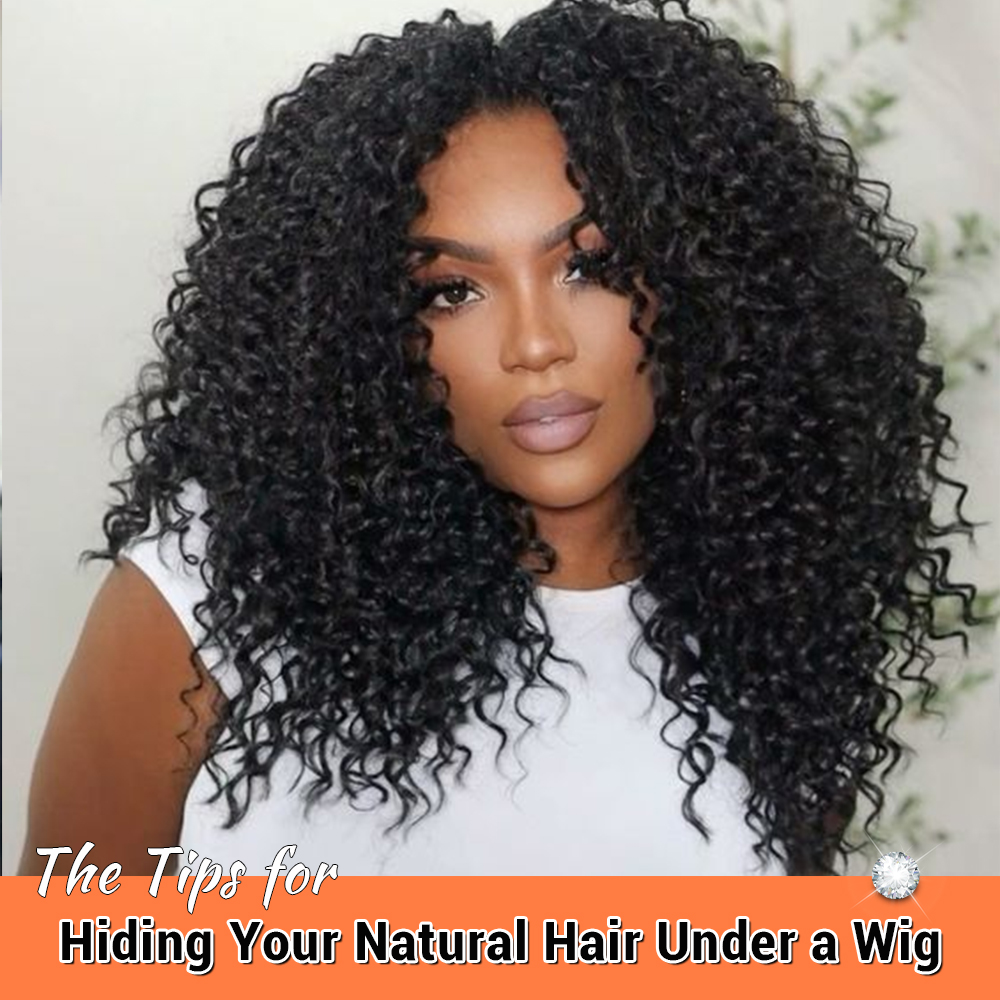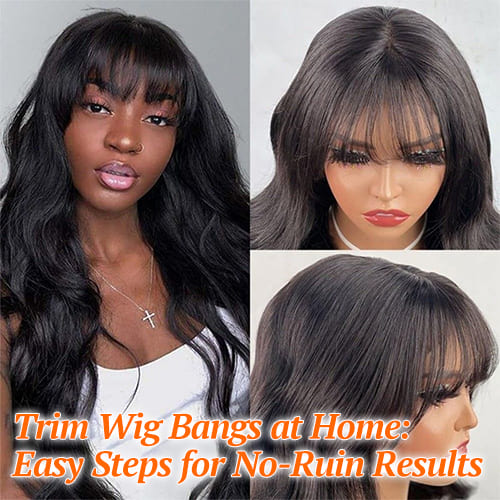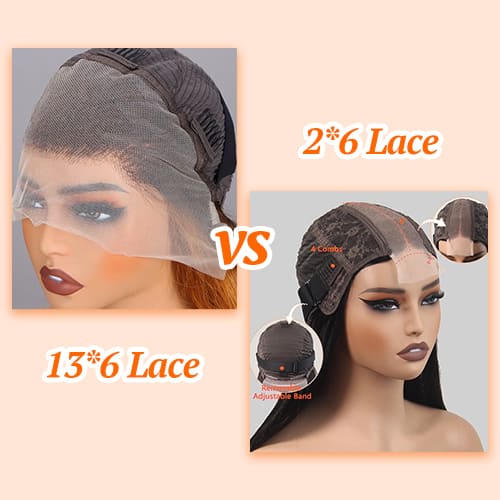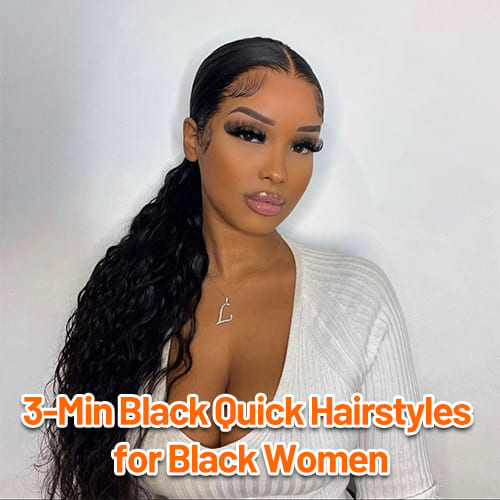Wigs offer an incredible world of versatility, allowing you to switch up your look in an instant. But the secret to a truly seamless, natural-looking wig application lies beneath the surface. Mastering the art of concealing your own hair is paramount for a flat base, a comfortable fit, and the protection of your delicate strands. These are the essential tips for hiding your natural hair under a wig, ensuring you can wear your chosen style with absolute confidence.
Prepping Your Hair: The Foundation of a Flawless Wig Install
Before you even think about braids or wig caps, the journey begins with preparation. It is crucial to start with hair that is clean, moisturized, and detangled. Applying a wig over dry, dirty hair can lead to scalp irritation, itchiness, and potential breakage. Take the time to wash, deep condition, and moisturize your hair thoroughly. Sealing that moisture with a light oil or butter will create a protective barrier, keeping your hair hydrated and healthy while it’s tucked away. This foundational step is non-negotiable, whether you have a TWA or flowing locks, as it sets the stage for a comfortable, long-lasting wear.
Techniques for Long and Curly Hair
For those blessed with length, managing your volume is the primary goal. The most effective method for individuals with long natural hair is creating flat, neat cornrows. Braiding your hair straight back in small to medium-sized plaits creates the flattest possible surface, eliminating lumps and bumps that could show through your wig. This technique is also ideal to hide curly natural hair, as it compresses the coils and prevents them from expanding under the cap. If you're not a braider, creating two-strand twists that you then pin down flat against your scalp is a great alternative. The key is to make the pattern as smooth and level as possible for a flawless silhouette.
Securing Short Natural Hair
If you have short natural hair, cornrows might not be an option, but a sleek base is still achievable. The goal is to get your hair to lie as flat against your scalp as you can. You can achieve this by applying a styling gel or a firm-hold pomade and brushing all of your hair back or into a swirl pattern. Once your hair is slicked down, a secure wig cap is your best friend. A nylon stocking cap or a mesh dome cap will hold everything in place, preventing any short pieces from popping out and creating a smooth, uniform canvas for your wig to sit upon. Use a few bobby pins if necessary to secure any particularly stubborn areas.
Perfecting the Perimeter: Hiding Baby Hairs
Those delicate wisps along your hairline can be tricky, but there is a simple answer for how to hide baby hairs under wig. Use a soft-bristled brush and a small amount of edge control or gel to gently slick them back and away from your face. The goal is not to create sculpted edges, but simply to blend them into the rest of your hairline so they disappear under your wig cap. For extra security, using a velvet wig grip band just behind your hairline can work wonders. It not only prevents your wig from sliding but also provides an additional barrier that keeps all those tiny hairs tucked in and out of sight.
Achieving All-Day Comfort and Special Occasion Security
The final piece of the puzzle is ensuring your prep work holds up, whether for a full workday or a glamorous event. The key to wearing a wig for all-day comfort is to avoid tension. While braids should be neat, they should never be painfully tight, as this can lead to headaches and traction alopecia. Choosing a breathable wig cap will also allow your scalp to breathe, reducing heat and moisture buildup. For special occasions when you need your wig to be completely unmovable, you might consider wig tape or a safe adhesive. However, this should only be applied to a well-placed wig cap or a protective barrier to ensure your natural hairline and edges are shielded, giving you impeccable style without compromising the health of your hair.







